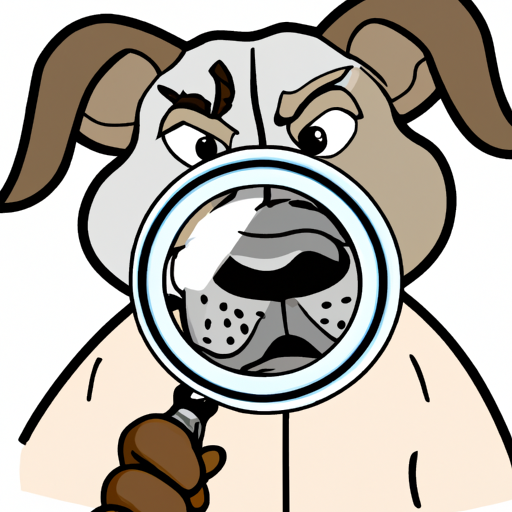Understanding Canine Papilloma Virus (CPV)
Papillomas, or warts as you may know them, are small skin growths that can suddenly appear on your beloved furry friend. They’re primarily caused by the Canine Papilloma Virus (CPV), a type of virus that affects dogs. Like the human papilloma virus (HPV) in humans, CPV is responsible for benign tumors on dogs’ skin, mouth, and sometimes internal organs.
These growths are often harmless, but they can cause discomfort and may become a cause for concern if they multiply rapidly, bleed, or get infected. Understanding how dogs contract this virus is the first step to preventing its spread and treating your pet effectively.
How Dogs Contract CPV
Dogs often contract CPV through direct contact with another infected dog. This can occur in various scenarios:
- Direct contact with the papilloma on an infected dog
- Sharing toys, water bowls, or food dishes with an infected dog
- Sniffing or licking the area where an infected dog has urinated or defecated
CPV is highly contagious among dogs, especially those with weaker immune systems such as puppies, elderly dogs, or dogs with underlying health conditions.
The Role of the Immune System in CPV Infections
Your dog’s immune system plays a vital role in warding off CPV infections. Dogs with a robust immune system can often resist or fight off the virus successfully. However, dogs with compromised immune systems may be more susceptible to the virus and may have a harder time getting rid of it.
| Factors that can weaken a dog’s immune system | How it affects CPV infections |
|---|---|
| Age (very young or old dogs) | These dogs have weaker immune systems making them more susceptible to infections |
| Underlying health conditions | Chronic illnesses can weaken a dog’s immune system |
| Stress | High levels of stress can suppress the immune system, making dogs more prone to infections |
Treating Canine Papilloma Virus
If you notice unusual growths on your dog’s skin or in their mouth, it’s crucial to consult your vet immediately. While most papillomas are benign, your vet should be the one to make that determination.
Treatment options may include:
- Observation: In many cases, no treatment is necessary, and the immune system will clear the virus on its own.
- Surgical removal: If the papillomas are causing discomfort, bleeding, or risk of secondary infections, your vet may recommend removal.
- Immunomodulatory therapy: In severe cases, medications can be used to boost the dog’s immune system and fight the virus.
Preventing CPV Infections
Preventing CPV infections primarily involves minimizing your dog’s contact with infected dogs. This may mean avoiding dog parks, kennels, or other places where dogs congregate if you know there’s an outbreak of CPV.
Keeping your dog’s immune system strong is also crucial. A healthy diet, regular exercise, and avoiding excessive stress can go a long way in boosting your dog’s immune system.
Frequently Asked Questions
Q: Can humans get infected with CPV?
A: No, CPV is not zoonotic. It only affects dogs.
Q: How long does it take for papillomas to disappear?
A: Generally, papillomas will disappear on their own within 1-5 months as the dog’s immune system fights off the virus.
Q: Can I vaccinate my dog against CPV?
A: Currently, there is no vaccine available for CPV. Prevention primarily involves avoiding contact with infected dogs.
Q: Can my other pets get infected from my dog with CPV?
A: CPV is species-specific. This means that it can only be passed between dogs. Other pets in your household are not at risk.



